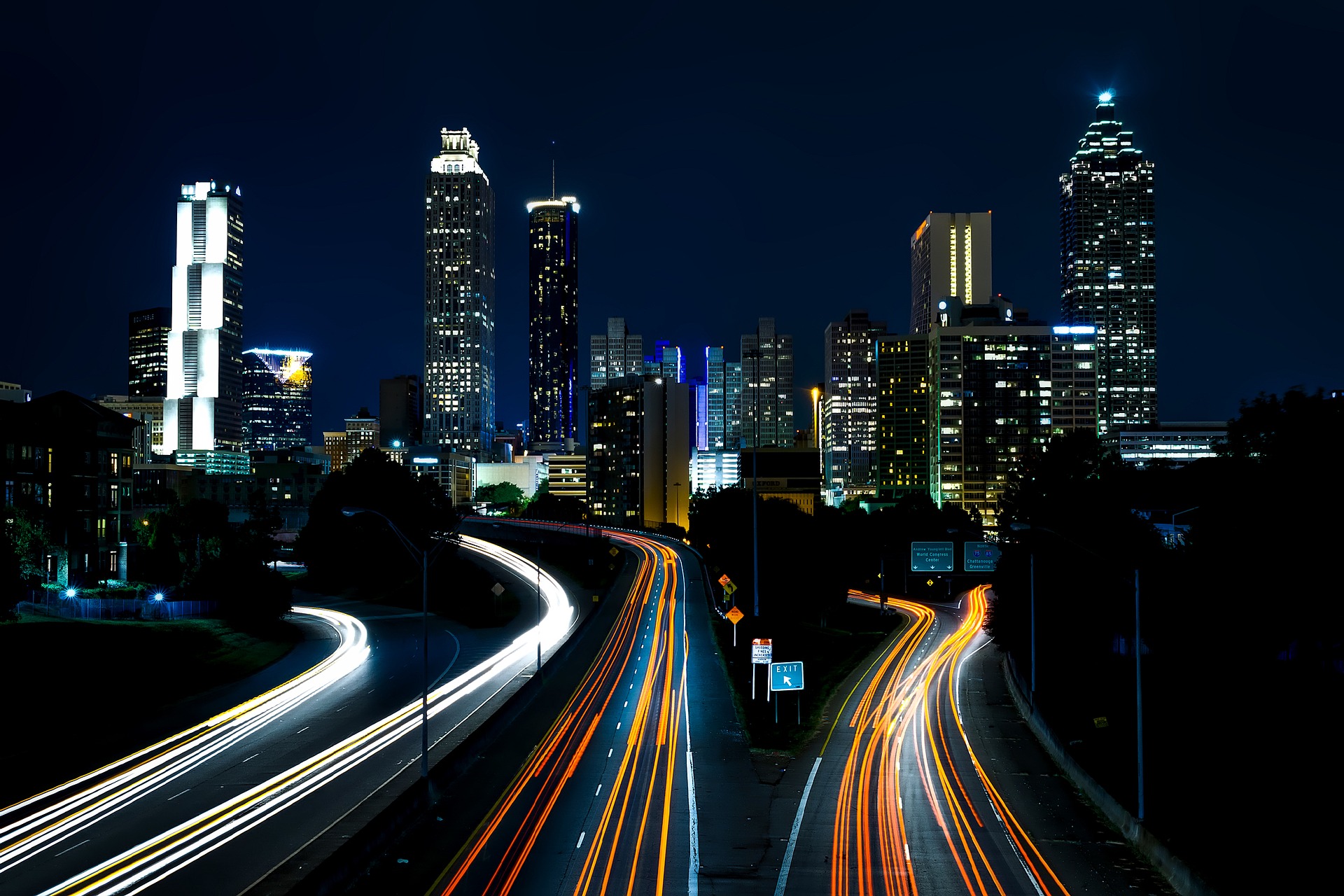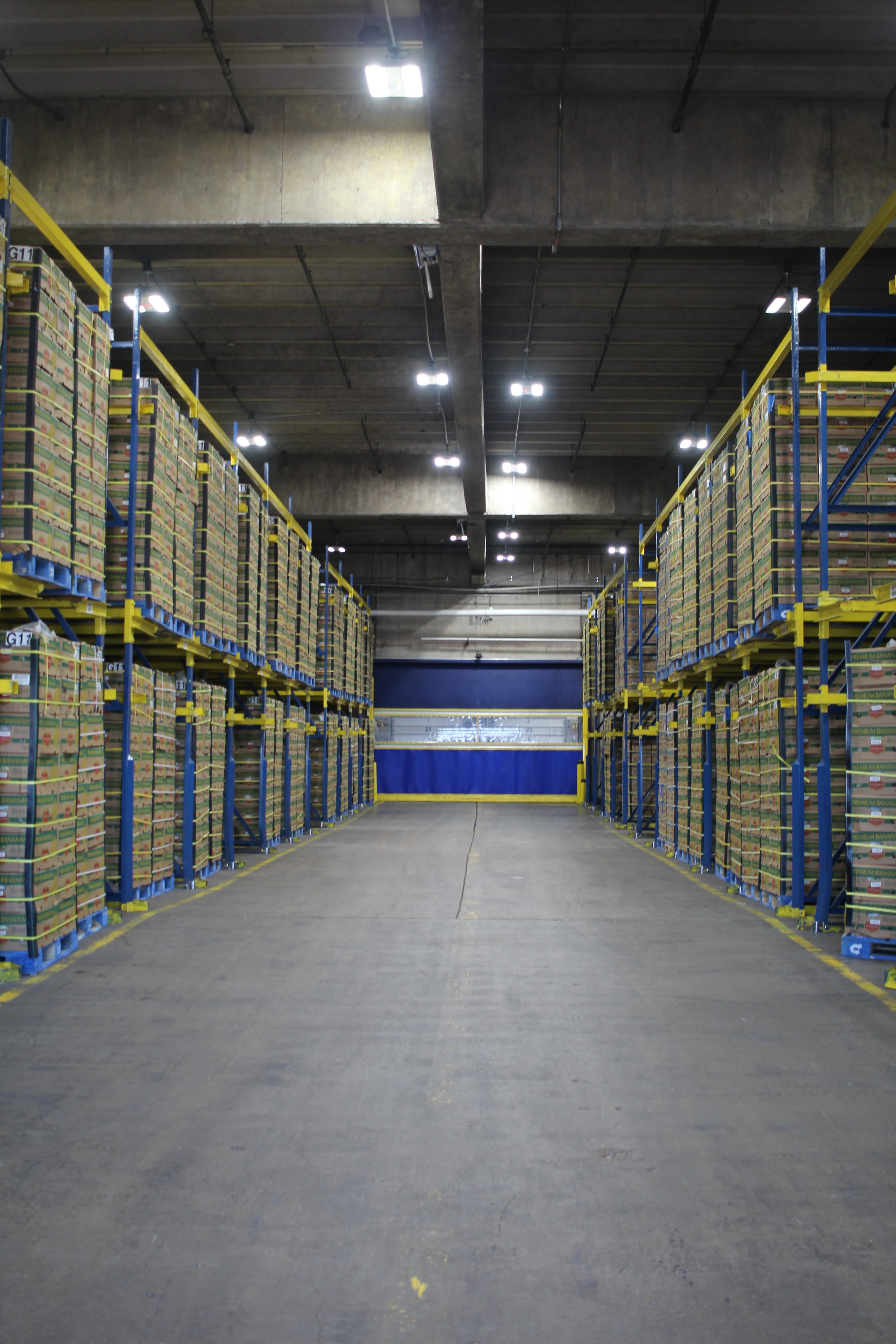Updated LEED ordinance will boost Atlanta's energy efficiency
/Published on 6 Mar 2018
Atlanta's updated ordinance will benefit everyone.
In 2017, Atlanta City Council updated a city ordinance to include requiring LEED certification for new construction, as well as requiring existing buildings of less than 25,000 square feet to recertify to LEED standards once per decade. The new construction directive took effect immediately, but the LEED for Existing Buildings requirement will be phased in over 10 years. This change will not only foster greater energy efficiency in the city, but will also lead to a healthier environment for the community.
Starting with LEED standards
In 2003, Atlanta City Council approved their first-ever sustainable building guidelines, bringing environmental concern to the forefront of the city building design process. Originally, the guidelines required that all new construction, municipal buildings under 5,000 square feet, or involving major renovations, would be centered in the LEED Silver standard. However, merely meeting LEED Silver guidelines meant that city-owned buildings weren’t made to move through the formal certification process, so there was no way to collect data or evaluate performance.
Raising the bar to LEED certification
With Atlanta’s population at 6 million—and on track to grow 25 percent in the next 15 years—reassessing this policy to further sustainable growth was a key priority. By encouraging a building team to meet a standard rather than achieve certification, the city offered little incentive to participate and no enforcement.
Now, by embedding LEED certification into Atlanta’s green building ordinance, not only has a formal assessment been completed, but open-ended compliance also follows. The collection and analysis of performance data creates an opportunity for further energy and cost savings. On top of updating the ordinance to include LEED for New Construction, existing buildings of less than 25,000 square feet must recertify to LEED standards every 10 years under LEED Operations and Maintenance (LEED O+M).
Although USGBC Georgia believes it’s important to verify new construction performance goals with design, certifying existing buildings in the city will significantly reduce wasted energy. By phasing in the LEED O+M requirements, the city gains foresight for budget concerns and capital improvements on older buildings with greater energy demands. Once implemented, LEED O+M certification for Atlanta means proactive management for facilities management and smarter spending when prioritizing upgrades. Additionally, having a sophisticated understanding of a building’s assets leads to annually reduced operations expenses.
These changes will continue to push the market for further efficiency in the Southeast. Vision for effective change means working smarter for the city and taxpayers alike. As a rule, healthier buildings create an atmosphere for occupants to thrive in while also lessening environmental impact, giving the community a return on their investment.





